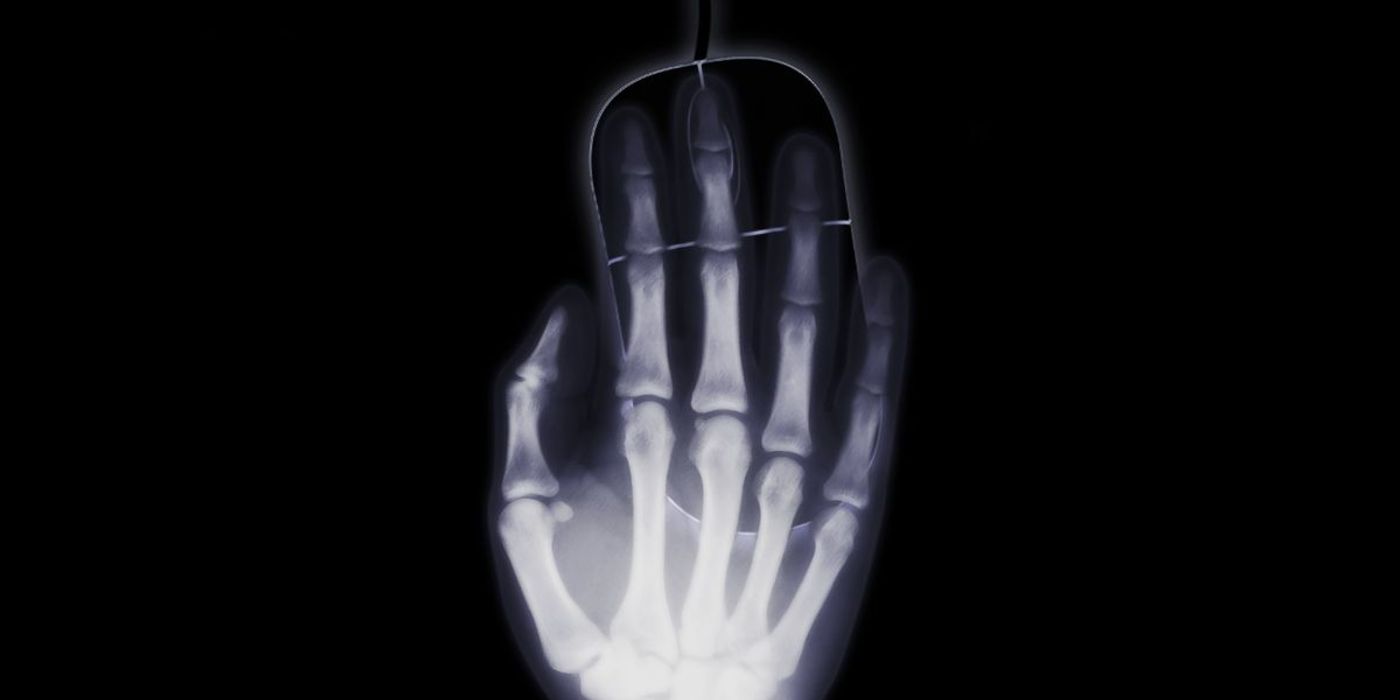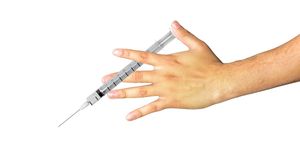Computer Mouse Movements Predict Risk-Taking Behavior
Researchers from Ohio State University have found a way to measure people’s appetite for risk-taking behavior from how they move a computer mouse on a screen.
“Choice data is not very useful for many purposes. You don’t know the strength of a person’s preference or how close they were to making the other choice,” he Ian Kajibich, one of the researchers behind the study. “And that’s what the mouse-tracking measure can give us.”
For the research, the researchers conducted three studies involving 652 people. Throughout, they measured each participant’s mouse movements as they decided to open one of two boxes, or a 50/50 gamble. While one box, for example, would offer a 50% chance of gaining $10 or losing $5, the other box contained an option that was usually equal to a $0 loss or gain. All in all, the participants made 215 ‘gambling’ decisions, with some bigger than others.
In the end, the researchers found that some participants took relatively straight paths from the mouse’s starting point to their choice. This was interpreted as the participant making a confident decision without much internal conflict. Participants, however, who veered towards one option before settling on another were interpreted to have felt more internal conflict.
More than this, the researchers found that mouse movements from one decision could predict how participants would respond in a similar circumstance. People who veered towards the opposite choice to what they selected the first time, were more likely to select this choice the second time around.
In another experiment, the researchers asked participants to treat their decision making as a stock trader would- not focusing too much on individual gambles, but rather their ultimate ‘portfolio’ of choices. In doing so, they found participants were less conflicted when accepting gambles, although more conflicted when rejecting them, as they had expected.
From their findings, the researchers say that other motor movements may also provide insights into our decision-making. Ultimately measuring ‘physical manifestations of hesitation’, the researchers say that scrolling on phones may also provide information on how people make decisions.
Sources: Neuroscience News, EurekAlert









